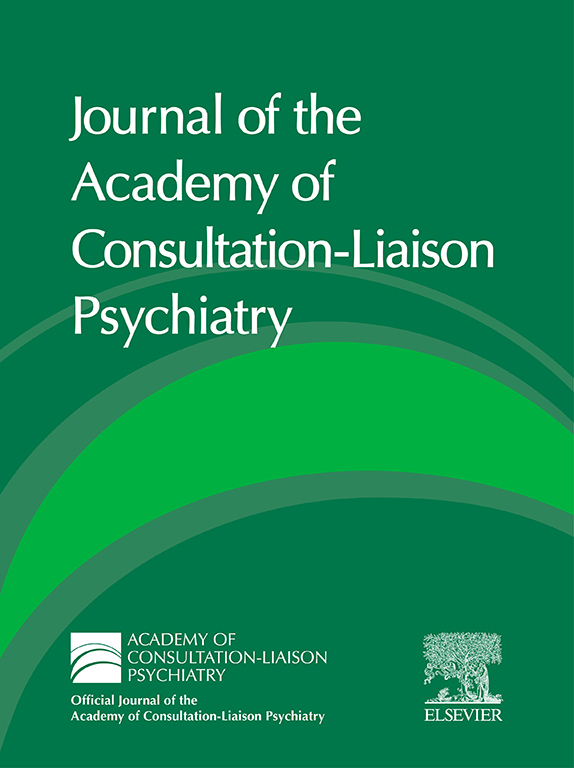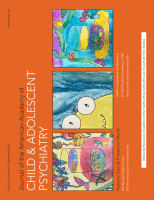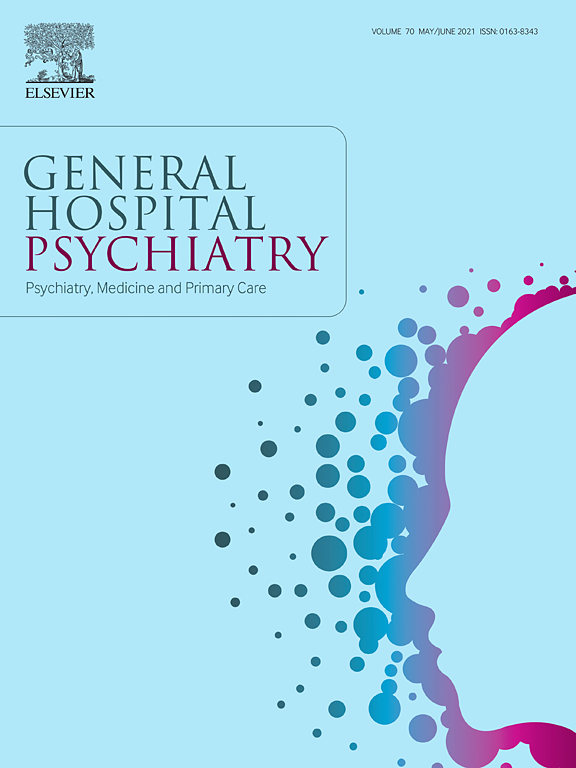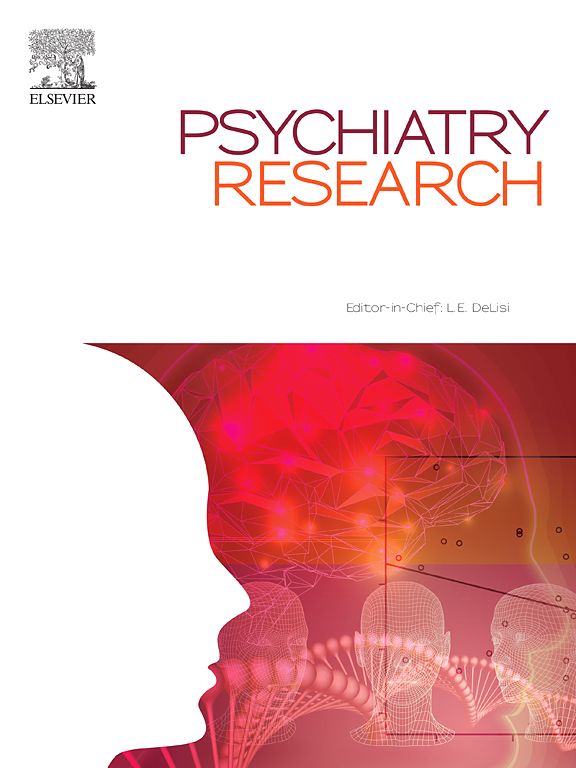Authors: Mark Oldham, MD, FACLP; Patrick Triplett, MD; Hochang Lee, MD, FACLP.
Abstract: This recent commentary compares the model of Proactive Integrated C-L Psychiatry (PICLP), as implemented in the UK-based HOME Study, with Proactive C-L Psychiatry versions commonly practiced in the US.
The HOME Study, and published here in The Lancet Psychiatry, is the largest randomized clinical trial in the field of C-L Psychiatry to date. “It was truly ambitious in scope, and its successful conduct is a testament to the investigators’ extraordinary investment in improving hospital-based mental health care for inpatients around the globe,” say the commentary authors.
Yet, they say, there are key distinctions: PICLP as implemented in the HOME Study includes a focus on older adults with “biopsychosocial complexity” rather than a focus on high mental health acuity; a direct assessment of all participants by a C-L psychiatrist rather than incorporating clinical information as part of a screening process; the unique inclusion of an occupational therapist as a member of the PICLP team; and patient-level randomization as opposed to unit-based approaches as commonly practiced in the US.
The authors also consider “several characteristics of the HOME Study sample relevant to its generalizability. These include an average age of 82 years, very limited ethnic and racial diversity, and a high prevalence of both cognitive and functional impairment.”
And they review how study methodology informs study interpretation. “These include early trial termination due to COVID, which limits power to detect a one-day reduction in hospital stay, a mean 3.5-day delay from hospital admission to study enrolment, and the exclusion of patients who had already received a psychiatric consultation, which likely reduced the acuity of mental health issues addressed.”
Although the primary HOME Study outcome [a half-day reduction in length of stay] was, as the study’s researchers acknowledged, statistically insignificant, “even a half-day reduction, if real, would be momentous,” say the commentary authors.
A growing body of evidence, say the authors, has found that the commonly adopted model of Proactive C-L Psychiatry in the US is a financially viable means of improving and expanding access to mental health care among medical-surgical inpatients. “Across inpatient settings, Proactive C-L Psychiatry has been shown to improve a variety of metrics, including length of stay, staff satisfaction, and time to consultation.”
They add: “PICLP, as studied in this [Home Study] trial, is an offshoot of the model of Proactive C-L Psychiatry as developed and practiced in the US. Rather than focusing chiefly on meeting mental health needs, PICLP sought to help wards provide biopsychosocial care for older adult patients with complex problems, in many ways as an inpatient corollary to outpatient models of collaborative care.”
Of the distinctions between PICLP and the US commonly used Proactive C-L Psychiatry model, “perhaps the one that stands out most is that a psychiatrist personally evaluated every patient randomized to the PICLP arm of the HOME Study. One wonders what proportion of these patients had an indication for a psychiatric evaluation or would have screened ‘positive’ with proactive screening (i.e., indicating a potentially active psychiatric issue) as is generally performed in Proactive C-L Psychiatry. Across the US, C-L psychiatrists all but uniformly serve as consultants, providing recommendations to primary practitioners or medical-surgical teams rather than directly to patients as one might in a co-management model.
“It would be hard to overemphasize the importance of screening, as it is impracticable for a psychiatrist or, specifically as in this study, a C-L psychiatrist, to complete a biopsychosocial assessment on every patient admitted to every medical unit. Whereas this Cadillac approach can provide insights about the true scope of mental health issues across the study sample, it does not reflect clinical practice and sacrifices efficiency for the sake of comprehensiveness. We suspect that optimized approaches of screening for mental health issues, by way of direct clinical contact with primary services or as aided by electronic medical records, to be a much more feasible and scalable approach across a broad healthcare landscape.”
Importance: As the authors say, a growing body of evidence has found that the Proactive C-L Psychiatry model commonly adopted in the US is a financially viable means of improving and expanding access to mental health care, improving metrics including length of stay, staff satisfaction, and time to consultation. Results from the HOME Study may not generalize to many US proactive psychiatry services given the differences in model implementation.
Availability: Pre-publication in the Journal of the Academy of Consultation-Liaison Psychiatry (JACLP).






